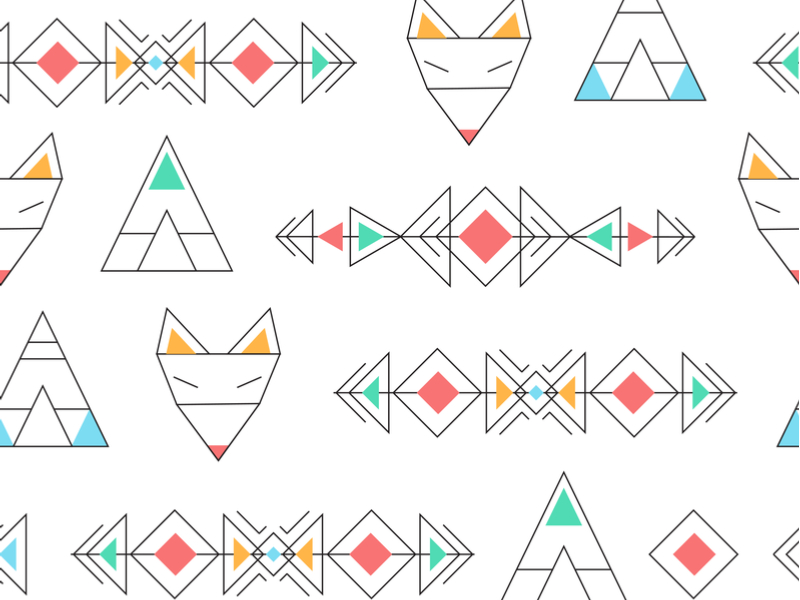The rise of customization in retail brought on by online retail has forever changed the way companies do business. While some have failed to adapt and gone defunct, many more are adapting in clever ways to bring better in-store experiences to customers through leveraging of the online side of their business. This is most notable in the big-box sector, where retailers combine their existing infrastructure with cutting-edge tech to offer new ways to connect with shoppers and fill their needs.
But there’s another side to this as well. Online retailers and startups are disrupting the very concept of brick-and-mortar retail as they look for new and interesting ways to bring products to consumers. By thinking outside the box and allowing tech to drive the form and function of customer experiences, these newer players are presenting exciting innovations as they look to the future of retail, changing everything from inventory management and operations all the way through to point of sale. These new players handle stock and merchandising very differently from their forbears, opting for customization in retail and direct shipping rather than more traditional methods of handling product. This paradigm has the potential to change the way mid-market retail, particularly fashion, is done.
Glasses as a Gateway
The baseline for this might be best summed up in the rising star of eye-wear, the trendy and formerly online-only Warby Parker brand. Originally this company was known for doing everything online, mailing trial frames to customers in lieu of a traditional store and passing the savings on. However, they’ve now set up multiple brick-and-mortar outlets where shoppers can try on frames, then have their choices mailed to them, prescription and all. This set up isn’t too different from many other eye-wear outlets, where custom orders have long been the status quo. What Warby Parker has brought to the table is style, price, and branding, but these elements, along with their business model, have proven to be the inspiration for retailers in other spaces.
The Guideshop
Bonobos is another recently founded online retailer, one that originally focused on making stylish, comfortable men’s trousers. They quickly expanded into a variety of pieces, offering all kinds of attire at competitive prices from their online store. However, there’s a clear disadvantage to clothes shopping online: it’s impossible to know how well what you buy will fit, not only in terms of size but also color, cut, and texture.
Enter the Guideshop, Bonobos’s cutting-edge brick-and-mortar concept that brings customization in retail offline. Whereas most retailers will stock pieces in a variety of sizes and colors, Bonobos instead offers a limited selection purely for shoppers to try on. Trained specialists advise them on fit and style. Once the customers have decided on an item, they can then choose from available colors, patterns and fabrics. Once the sale is completed the items are shipped right to their door in a few days, combining the flexibility and selection of online shopping with the kind of shopping experience and customer service that can only be found in brick-and-mortar.
Customization in Retail Edging into the Traditional Space
Similar concepts have started to find their way into more traditional department stores. Up and coming brand Stantt offers specialized men’s shirts, implementing a new paradigm of semi-custom sizing combining a few measurements with their own proprietary technology to provide better fitting shirts. The brand and its tech have found their way into Saks Fifth Avenue, as traditional retailers look to find new ways to serve their customers in the changing marketplace.
Meanwhile, venerable footwear and style powerhouse Adidas offers miaddidas, a brand of custom shoes which can be ordered in their brick-and-mortar locations. Leveraging their existing brand awareness, as well as a tongue in cheek reference to the RUN-DMC song, Adidas now offers customers the opportunity to get a one of a kind pair of shoes in addition to their traditional offerings. This kind of customization in retail allow traditional brands to augment their inventory, there by offering not only an expanded slate of products but also creating a kind of halo effect where customers may be drawn in to check out these new systems.
These concepts have other advantages beyond customer service: less inventory makes merchandising easier and requires less manpower, lowering costs. The savings are then passed onto shoppers. They also serve to mitigate issues with online shopping, by providing a personal touch and a real-world footprint for otherwise ethereal brands. Brick-and-mortar remains strong and shows little sign of slowing down. It’s only natural for online retailers to want part of that market. And as technology becomes more and more a part of every industry, it’s only natural these online-first brands will take new and interesting steps as they change the world of retail.
Explore our blog to read more about things like Blockchain in Retail and How to Sell Absurd Amounts of Designer Denim. If you’re curious about how machine learning can help improve store operations, read more here and here.

